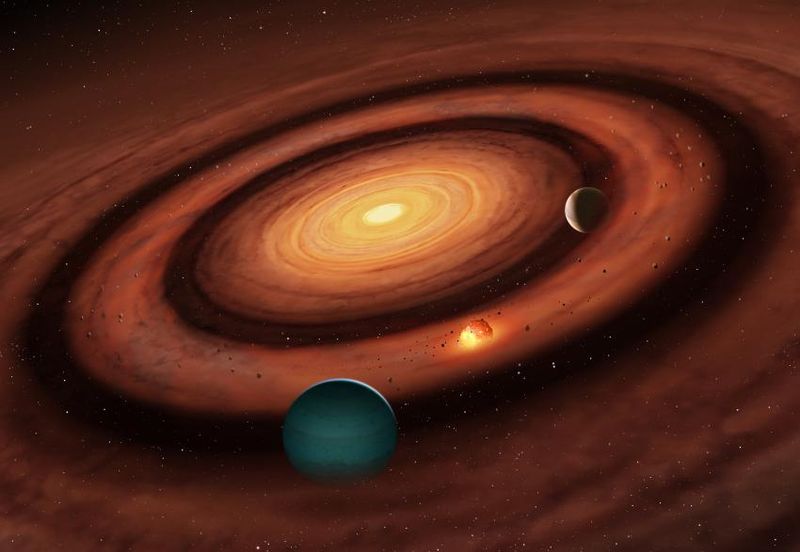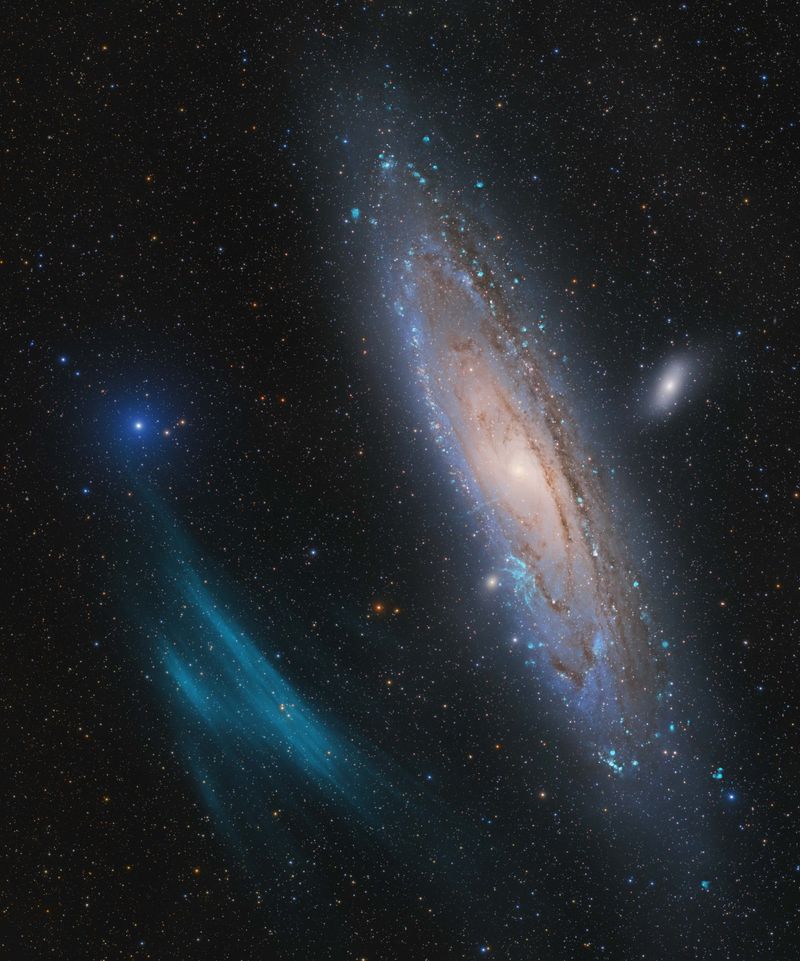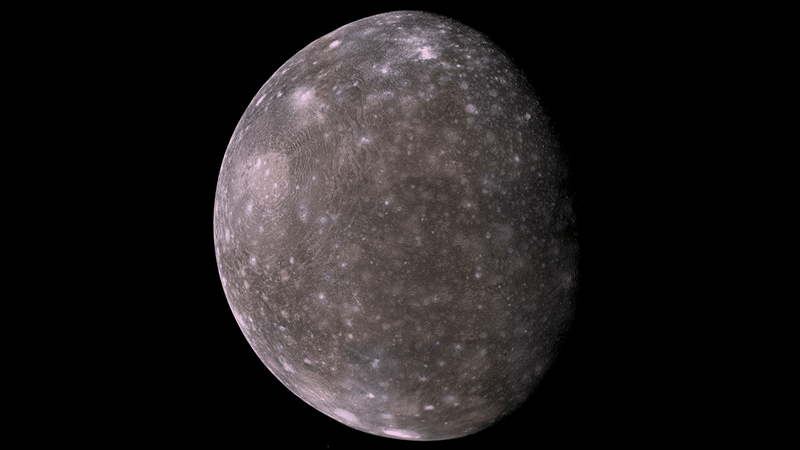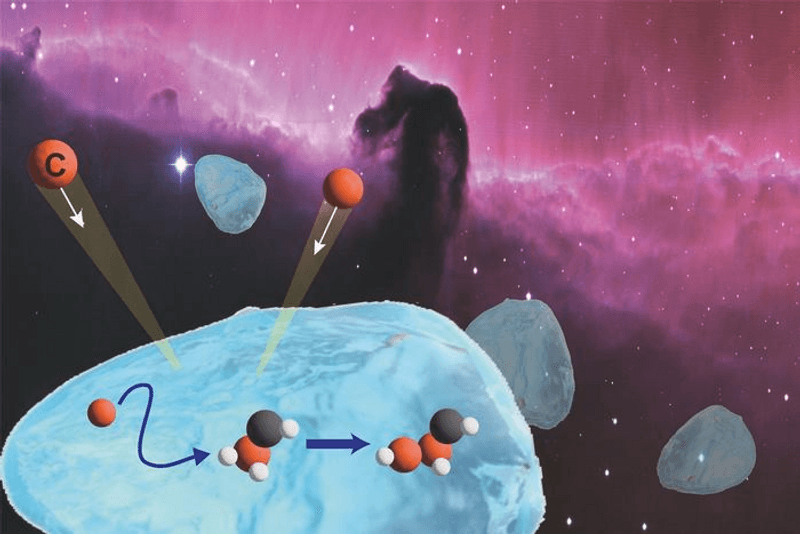Astronomers have found a new and unusual way for planets to form, potentially explaining why planets such as Mars and Uranus end up forming sandwiched between much bigger neighbors. And "sandwich" is the name of the game: The team are calling the method “sandwiched planet formation” and it is about the formation of smaller planets when in between two larger planets in the primordial protoplanetary disc.
Planets emerge from this thin dusty disc of material that surrounds a fledgling star. Conventional wisdom sees bigger planets forming further out, but this might not be the only way. This team envisions that as two large planets form, a third might also begin to form in the middle. The bigger ones squeeze and restrict the flow of dust from the outside in, so you end up with two thick ring regions on the outside, like cosmic slices of bread, with a thin filling on the inside.
“In our study, we propose the rings as sites of planet formation; specifically, that there are sandwiched planets currently being formed in those rings. This is very different to the conventional view of planet formation, where we typically expect that the planets form sequentially from the inside to the outside of the disc and get more and more massive further out," Assistant Professor Dr Farzana Meru, from the Department of Physics at the University of Warwick, said in a statement.
"What is also really interesting is that there are examples that we have found from exoplanet observations that actually show this sandwiched planet architecture – where the middle planet is less massive than its neighbours; it is a reasonable proportion of the systems too.”
Over the last decade, observations of protoplanetary discs from observatories such as the Atacama Large Millimeter/submillimeter Array have delivered some incredible insights into these chaotic environments, including massive "waterfalls" of material between rings and structures. And among that chaos, there could be these sandwiched rings.
“The context we are considering [planetary formation mechanism] is the spectacular rings and gaps seen in previous works. We are considering the question: are these rings and gaps places for further planet formation?” Dr Meru stated as she presented her work at the National Astronomy Meeting 2023.
The team considered 17 real star systems that had high enough precision on the masses and radii of the planets against which this scenario can be tested. Six of them looked like they fit the scenario for a sandwiched planet formation, although it is too early to state if this was the case for Mars.
The work is submitted for publication in the journal Monthly Notices of the Royal Astronomical Society.




